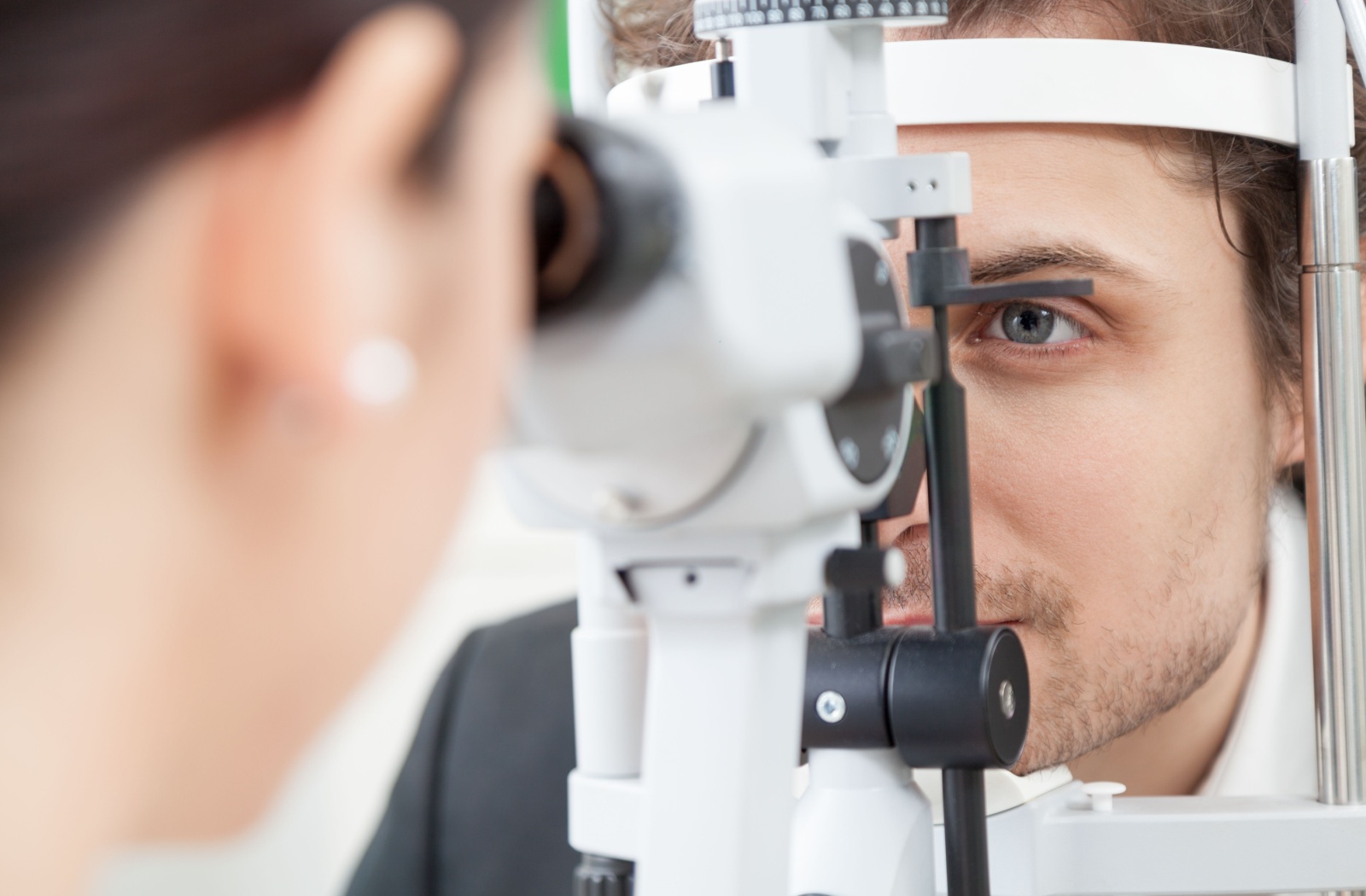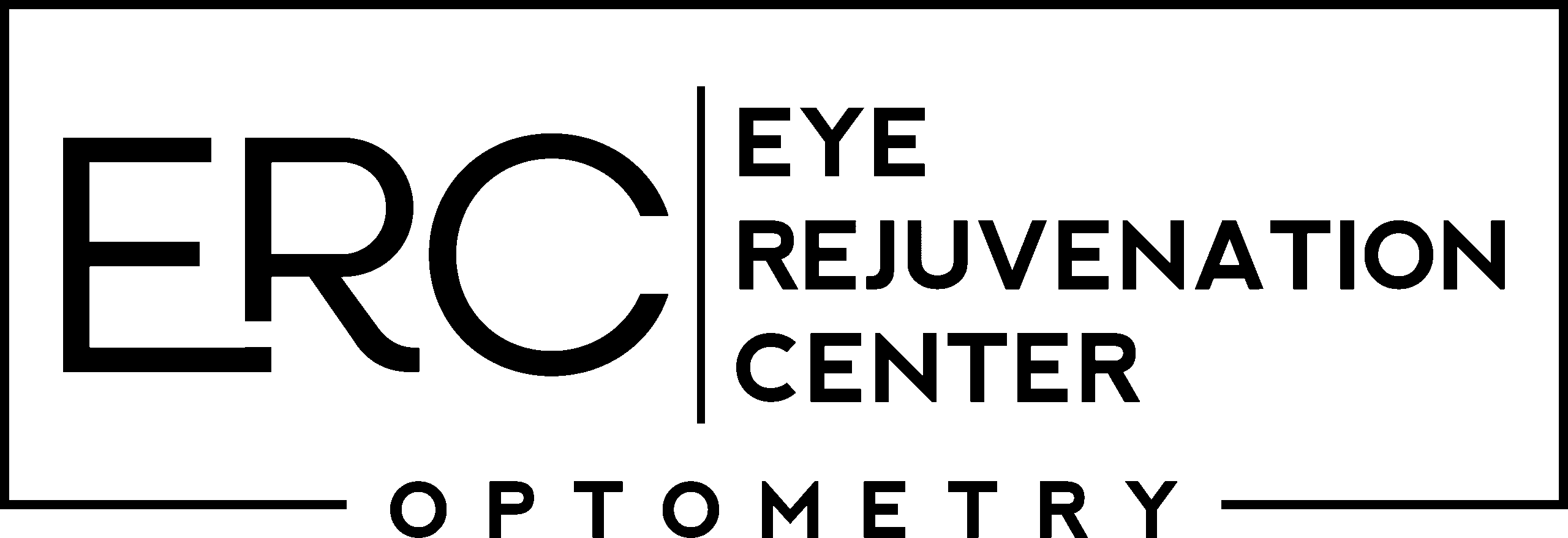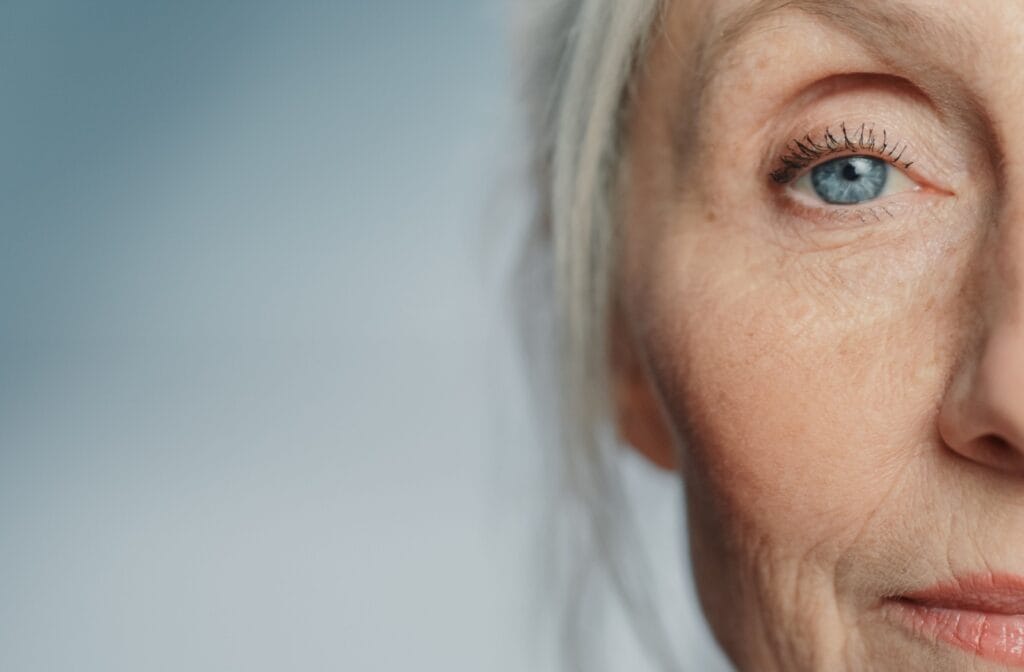Our diverse features should be celebrated and appreciated! Not only do these features make us who we are, they provide a function for the daily interaction we have with our environment.
Melanin is a natural pigment found in our bodies that influences the appearance of our skin tone and the colour of our eyes.
Blue eyes have lower levels of melanin and are more sensitive to sunlight than darker eyes. However, regardless of eye colour, all eyes are at risk for developing sun damage.
Understanding Eye Sensitivity
Sunlight is a vital source of energy and vitamin D. Just as the sun can damage your skin, sunlight can also harm your eyes due to the sun’s UV rays.
Our eyes begin to squint during bright light to protect our eyes from the harmful effects of sun damage.
Being sensitive to sunlight is normal, but sensitivity to sunlight can vary for a number of reasons. One key factor that affects sensitivity is the pigment in the iris, which affects how much light enters the eye.
Blue eyes have little to no melanin—the substance that produces pigmentation in the hair, eyes, and skin—than those with darker eye colours like brown. This lack of melanin in the eye means more light can penetrate the iris and reach the retina, making blue eyes more susceptible to glare and bright light.
Melanin plays a crucial role in protecting our eyes from harmful UV rays. In individuals with blue eyes, lower melanin means less natural protection against sunlight. This can lead to greater sensitivity and discomfort when exposed to bright conditions.
Without adequate eye protection from the sun, a person with blue eyes may squint more in bright light conditions.
Importance of Sun Protection
While individuals with blue eyes are more prone to light sensitivity than those with brown eyes, protecting our eyes from sun damage is vital for everyone, regardless of eye colour. People with darker eyes have more melanin, which offers slightly better natural protection, but they’re not immune to the harmful effects of UV rays.
Just as our skin can suffer from sunburn and damage due to UV exposure, our eyes can also be harmed by prolonged exposure to sunlight. UV rays can lead to a range of eye conditions, some of which may cause lasting damage.
Our Eyes & Sun Damage
The two types of UV rays that affect the eye are UVA and UVB rays.
UVA rays penetrate deep into the eye and can harm the macula, a part of the retina responsible for central vision. UVB rays affect the lens or corneal tissue, found in the front of the eye. Damage to these two structures can lead to conditions like photokeratitis, which is a sunburn of the eye.
Sun damage to our eyes occurs gradually. Symptoms of sun damage may go unnoticed. Routine eye exams help detect any damage to the eye, and these visits are key for monitoring your ocular health.
Symptoms of sun damage usually include:
- A spot in the center of your vision
- Blurry vision
- Difficulty focusing
- Headaches
If you experience any of these symptoms, visit your optometrist as soon as possible. Sun damage to the eyes can have lasting effects when left unattended. Early detection and prevention are key to preserving eye health and maintaining clear vision.
Additionally, sun damage can increase risk of developing eye conditions such as:
- Age-related Macular Degeneration (AMD)
- Cataracts
- Eyelid Cancer
- Growths on the eye
- Photokeratitis

Can Sun Damage Be Reversed?
In some cases, sun damage to the eyes can be reversed, but this depends on the extent and the type of damage incurred.
In the early stages, some conditions caused by UV exposure can be managed and mitigated with appropriate treatment. For example, if the eyes are sufficiently protected from further sunlight exposure, and if artificial tears and medications are properly used, photokeratitis can heal within a few days.
However, other eye conditions developed by sun damage, like cataracts or AMD, can’t be reversed the same way. As cataracts progress, they can be treated by undergoing surgery to remove the cloudy lens and replace it with a clear lens implant. AMD can’t be reversed, but there are treatment options available to help manage symptoms and slow their progression.
While some sun damage can be reversed, why take the risk? The best way to preserve our vision and ocular health is prevention.
Protect Your Eyes From Sun Damage
Fortunately, there are several effective ways we can protect our eyes from harmful UV rays and avoid sun damage.
- Wear UV Protection Sunglasses: Invest in a pair of good quality, UV protective sunglasses. These are marked by labels indicating “100% UV Protection” or “UV400”, meaning they block harmful UVA and UVB rays by either reflecting or absorbing UV rays.
- Use Hats: A wide-brimmed hat can provide additional protection by shading your eyes from direct sunlight, as well as your face and your scalp.
- Avoid Peak Sun Hours: Try to stay indoors or seek shade during the peak sun hours, usually around midday to early afternoon.
- Stay Informed: Regularly check the UV index in your area and take extra precautions on days with high UV levels.
Once sun damage has occurred, it can be challenging to reverse it completely. Making these lifestyle adjustments helps prevent sun damage and preserve eye and skin health.
Schedule a Visit
Blue eyes are more sensitive to light than dark eyes because of lower levels of melanin, but all eye colours are susceptible to sun damage. Taking simple steps like wearing UV protection sunglasses, wearing hats, and avoiding peak sun hours can significantly reduce the risk of sun damage to the eyes.
Sun damage occurs gradually. Visiting your optometrist to monitor your ocular health can help detect eye concerns early.
Connect with our team at ERC Optometry to schedule an appointment for your routine eye exam.

